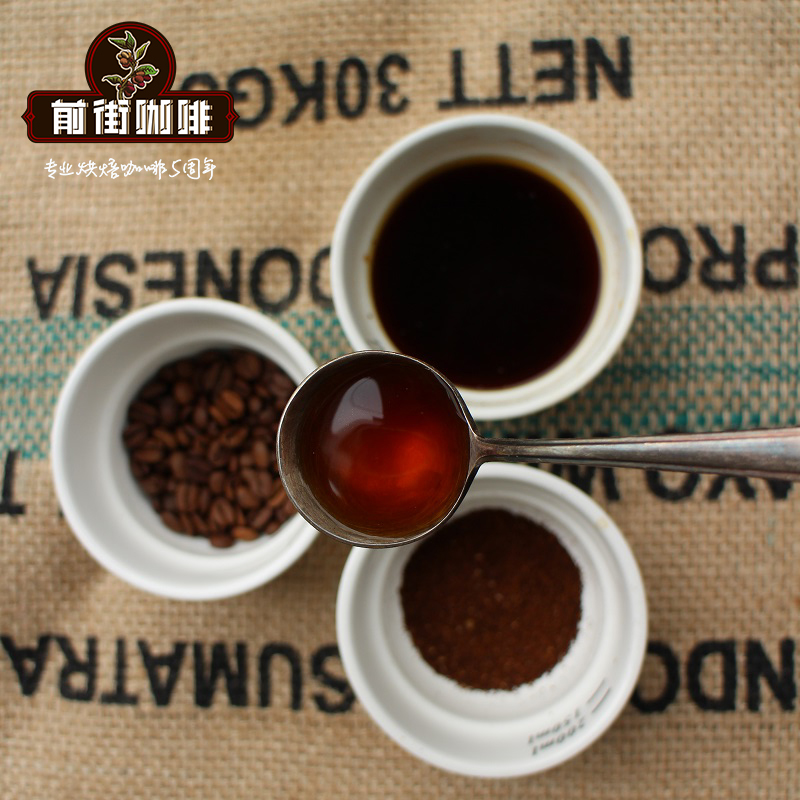Map of Arabica Central America what coffee beans does Starbucks use illy coffee belongs to what grade

Professional coffee knowledge exchange more coffee bean information please follow the coffee workshop (Wechat official account cafe_style)
There was a long line at the counter in the morning, waiting for the coffee to be ready, and I couldn't help but take a sip while getting the coffee. The moist aroma rushed into the nasal cavity and the warm hot entrance. The head and body were instantly hot and turned on, and that's how the day started!
11.
If we say that "coffee" is a necessary drink for modern people, it is really not too much. It is always catchy for the type of coffee, but few people can name the varieties of beans in their hands. Maybe you have drunk coffee from these countries, but you never know that they happen to come from Taiwan and Central American countries! In addition to the beautiful Mayan culture and Aztec civilization, many people's impression of Central America ignores that it is also a world-famous coffee kingdom!
1.
From raising seedlings, planting trees, harvesting, selecting beans, washing beans, exposure to baking beans
It never occurred to you that a small cup of Arabica coffee beans in your hand
It takes such a long and complicated process to get it.
At present, the most common coffee in the world comes from two major varieties: Arabica and Robusta, while 100% of Arabica coffee is grown in Central America, while robusta coffee is mainly grown in Southeast Asia such as Indonesia and Vietnam. Arabica coffee is sensitive to natural factors such as sunlight, strong wind and frost, and requires a higher altitude, which makes it harder to grow than Robusta coffee.
The growth of high-quality coffee beans in the world is almost between 25 degrees north latitude and 30 degrees south latitude, and Central America, which is located in this zone, has a unique geographical location, which gives birth to the advantage of high-quality coffee. The coffee industry has also become the economic pillar of Central America. Among them, Nicaragua, Guatemala, Honduras and El Salvador have become important coffee-growing and coffee-exporting countries, while Guatemala and Honduras are among the top 10 coffee exporters in the world.
two。
Nicaragua
Nicaragua is the largest country in Central America. Compared with other countries, the Nicaraguan coffee beans are larger in size, and their coffee flavor is mediocre, soft and slightly sour, so it is suitable for comprehensive coffee.
Guatemala
Because more than 70% are plateau topography, rich volcanic ash soil full of minerals and pleasant climate, Guatemala has become a very suitable country for coffee growth, and the coffee beans produced also have different flavors and characteristics. Excellent sour and fruity smooth taste, is one of the world's top coffee, suitable for individual drink.
Honduras
Honduras is the second largest country in Central America, with many hills and mountains, coupled with a unique climate, making its coffee the second largest coffee exporter in Central America and the tenth largest coffee exporter in the world.
El Salvador
Salvado is the smallest and most densely populated country in Central America, with 300 kilometers of coastline, volcanoes and the first excavation of Mayan culture. El Salvador coffee varieties are mainly bourbon (Bourbon), Pacas (Pacas). The bourbon flavor is fragrant and sweet, with a layered and deep taste, and is recognized as one of the best coffee varieties in the world; Pacas accounts for 29% of El Salvador's output, with high quality and evaluation.
Panama
Unlike other countries in Central America, Panamanian coffee has successfully entered the boutique coffee market with high-quality specifications. Coupled with its low production, Panamanian coffee is still in demand in the global boutique coffee market. The Panamanian manor is often hit by the complex and changeable microclimate of the Pacific Ocean and the Caribbean, which leads to the unique flavor of Panamanian coffee, of which the Geisha grown in Hacienda La Esmeralda is the most famous, with a bright sour taste and a more obvious and delicate aroma.
10.
So, no matter how you drink black coffee, latte, cappuccino and so on, don't rush to choose how to drink coffee next time. Instead, ask which beans you are using today. Maybe you will have a different feeling.
Important Notice :
前街咖啡 FrontStreet Coffee has moved to new addredd:
FrontStreet Coffee Address: 315,Donghua East Road,GuangZhou
Tel:020 38364473
- Prev

Arabica coffee beans are great? What brand of coffee beans is good for producing Arabica coffee beans?
Professional coffee knowledge exchange more coffee bean information Please pay attention to the coffee workshop (Wechat official account cafe_style) often see breakfast shops or coffee shops, publicity stressed that their own coffee is 100% Arabica coffee beans, but isn't that the right thing to do? Coffee beans are generally divided into Arabica and Robusta. 80% of the world's coffee beans are
- Next

Arabica beans turned out to be small fruit coffee? Arabica Coffee and Arabica Coffee
Professional coffee knowledge exchange More coffee bean information Please pay attention to coffee workshop (Weixin Official Accounts cafe_style) Small fruit coffee (scientific name: Coffea arabica), also known as Arabic coffee, Arabica coffee, is a species of Rubiaceae coffee genus, is the most traditional coffee variety. Originated in East Africa, coffee was monopolized by the Arab world for a long time before the 15th century AD
Related
- Beginners will see the "Coffee pull flower" guide!
- What is the difference between ice blog purified milk and ordinary milk coffee?
- Why is the Philippines the largest producer of crops in Liberia?
- For coffee extraction, should the fine powder be retained?
- How does extracted espresso fill pressed powder? How much strength does it take to press the powder?
- How to make jasmine cold extract coffee? Is the jasmine + latte good?
- Will this little toy really make the coffee taste better? How does Lily Drip affect coffee extraction?
- Will the action of slapping the filter cup also affect coffee extraction?
- What's the difference between powder-to-water ratio and powder-to-liquid ratio?
- What is the Ethiopian local species? What does it have to do with Heirloom native species?

